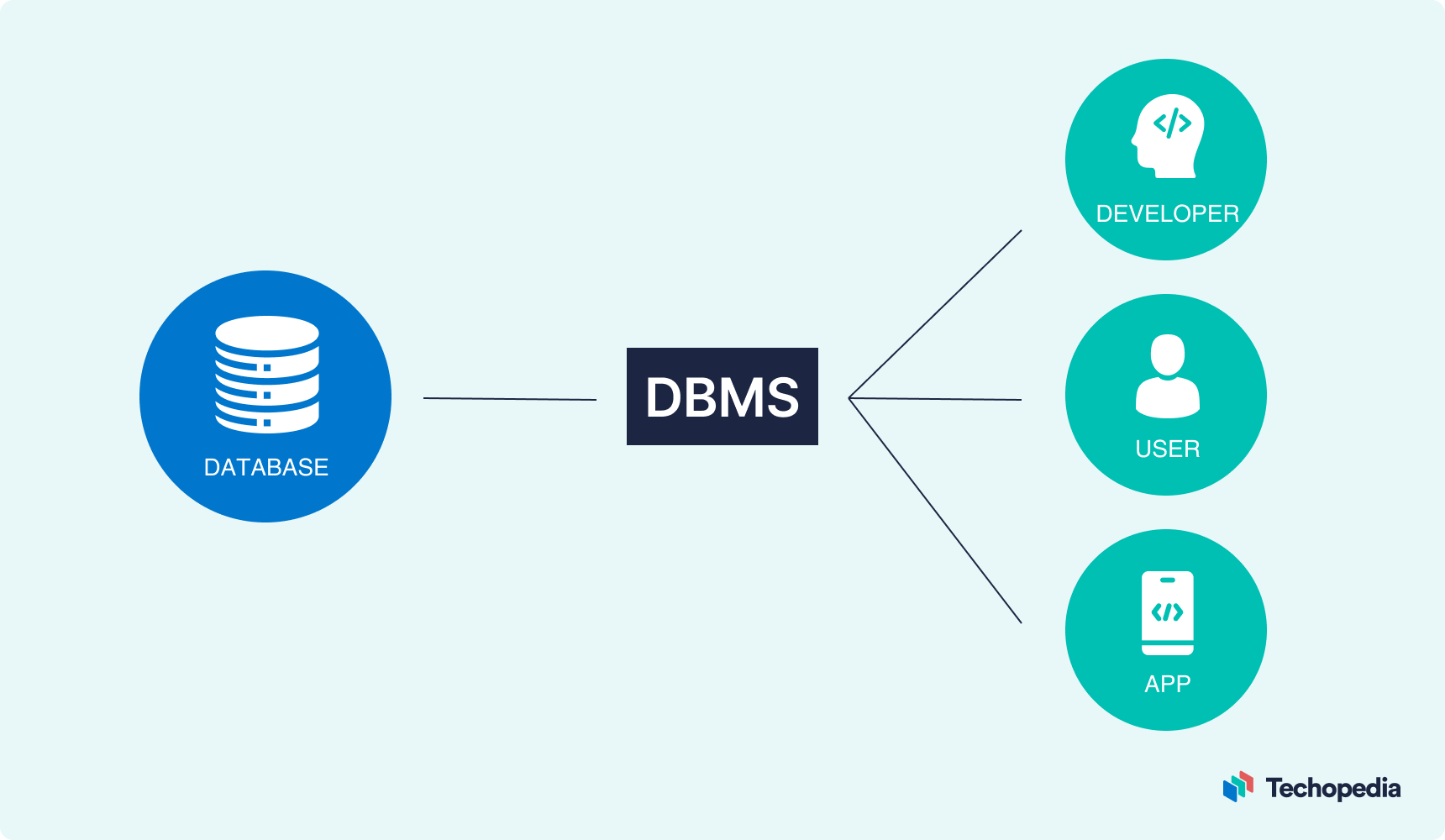Database Management System, or better known by its abbreviation DBMS (Database Management System), is one of the key components in the world of information technology which has an important role in storing, managing and accessing data.
Therefore, through this article, we will comprehensively discuss the meaning, functions, types and important components of a DBMS.
What is a Database Management System (DBMS)?
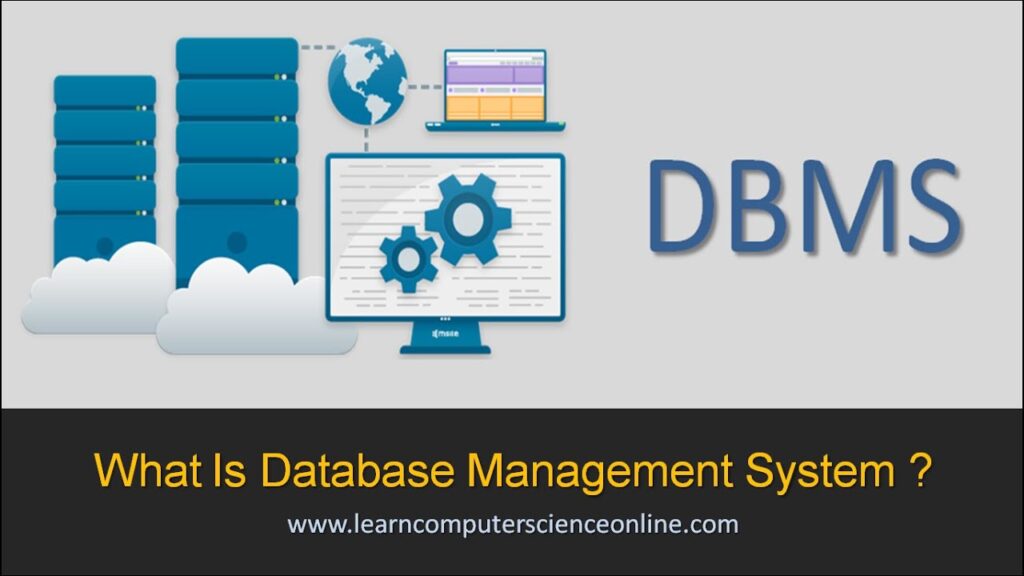
Database Management System (DBMS) or database management system is software used to manage and organize data in a database. A database is a collection of data that is structured, stored and can be accessed easily.
DBMS allows users to perform various data-related operations, such as storing, retrieving, updating, and deleting data.
How to Overcome 403 Forbidden on Websites
Examples of Popular DBMS
There are various DBMS that are popular and widely used in the world of technology. Some examples of DBMS that are widely known include:
- MySQL: MySQL is DBMS open-source which is very popular. It is frequently used in web applications and has a good reputation for speed and reliability.
- PostgreSQL: PostgreSQL is DBMS open-source which is very powerful and tends to be used in business environments. It has good support for complex transactions and programming.
- Oracle: Oracle Database is one of the most powerful and advanced DBMS in the world. It is often used in large companies to meet complex business needs.
- Microsoft SQL Server: Microsoft SQL Server is a DBMS developed by Microsoft and widely used in Windows-based environments. It has good integration with other Microsoft products.
- MongoDB: MongoDB is an example of a very popular NoSQL DBMS. It is used to manage documents in JSON format and is suitable for applications that require high flexibility in data storage.
- Cassandra: Apache Cassandra is a NoSQL DBMS designed to handle very large and horizontally distributed data. It is suitable for applications that require high scalability.
DBMS Functions
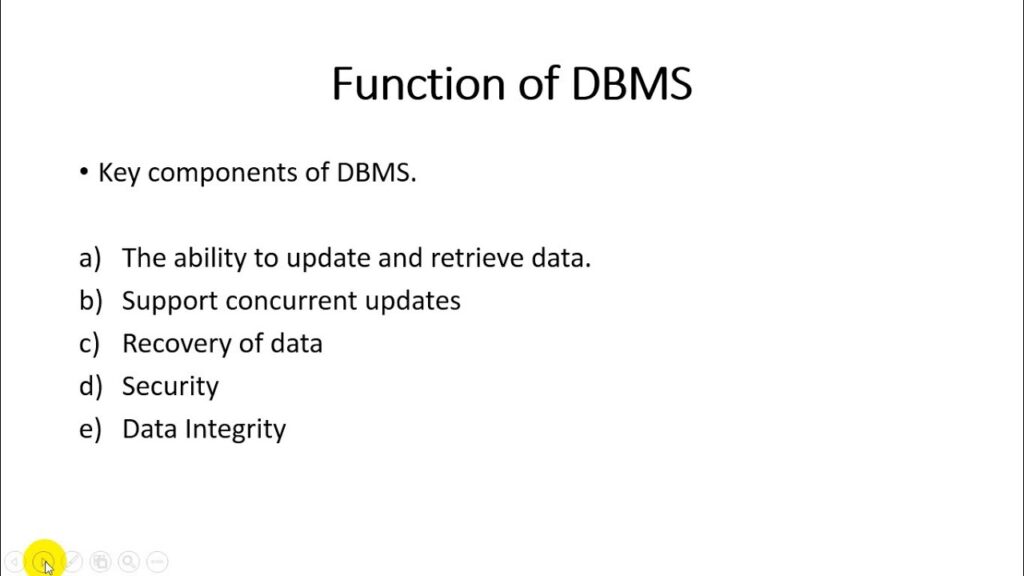
Database Management System (DBMS) has a number of very important functions in the world of technology and business. These functions support efficient data storage, management and access.
The following is a complete explanation of some of the main functions of a DBMS:
1. Ease of Access to Data Administration
One of the main functions of a DBMS is to provide convenience in data administration. It covers several important aspects:
- User interface: DBMS provides an intuitive and easy-to-use interface that allows database administrators to manage data without the need for deep technical knowledge. This includes the ability to create, modify, and delete tables, as well as set indexes and relationships between tables.
- Access permission management: DBMS allows administrators to control who has access to data and what type of access they have. This allows different users to have different levels of access to data, which is critical to maintaining the security and integrity of information.
- Performance monitoring: DBMSs often include monitoring tools that allow administrators to track system performance and detect problems quickly. This facilitates corrective and optimization actions.
- Data recovery: DBMS also provides data recovery facilities. Administrators can recover data in the event of failure, including recovery after system failure or disaster.
2. Data Security
Data security is an important aspect in the world of technology, and DBMS has a number of features that support it:
- User authentication: DBMS allows administrators to configure user authentication. This means that only authorized users have access to the database, and each user must enter the correct identifying information and password.
- Data encryption: DBMS can encrypt data stored in the database. Encrypted data can only be read by someone who has the appropriate encryption key. This protects data from unauthorized access.
- Audit trail: DBMS records all activities that occur in the database. This includes data changes, user access, and other operations. It provides powerful tracking and auditability of activity in the database.
3. Data Centralization
Data centralization is one of the fundamental functions of a DBMS that is very important for organizations:
- Data consolidation: A DBMS allows data to be consolidated in one central place. This is especially useful in business environments that have many departments or units that need to share data. Data centralization allows users from different parts of the organization to access the same data.
- Data consistency: The data centralization feature allows the DBMS to ensure that the same data is used throughout the organization. This reduces the possibility of data duplication or confusion in data usage.
- Application integration: DBMS allows different applications to communicate and share data. This allows better integration between different applications in the organization.
Types of DBMS
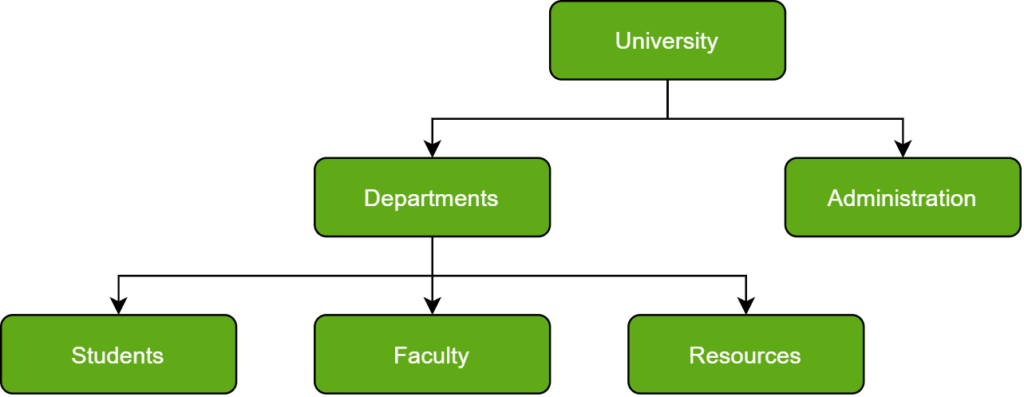
Below, are three types of DBMS that are commonly used, including:
How Does Static Routing Work on a Computer Network?
1. Relational Database Management System (RDBMS)
Relational Database Management System (RDBMS) is the most commonly used type of DBMS and is based on a relational data model. In a DBMS, data is stored in tables consisting of rows and columns. Each table has a primary key that allows to uniquely identify each row in the table.
2. Document Database Management System (DoDBMS)
Document Database Management System (DBMS) is a type of DBMS designed to store and manage data in document formats, such as JSON and BSON. In a DBMS, data is stored in the form of documents, and each document can have different attributes from other documents.
3. Columnar Database Management System (CDBMS)
Columnar Database Management System (DBMS) is a type of DBMS specifically designed for data analysis. A DBMS stores data in columns, which makes it very efficient at retrieving aggregate data, which is often needed in data analysis.
DBMS components
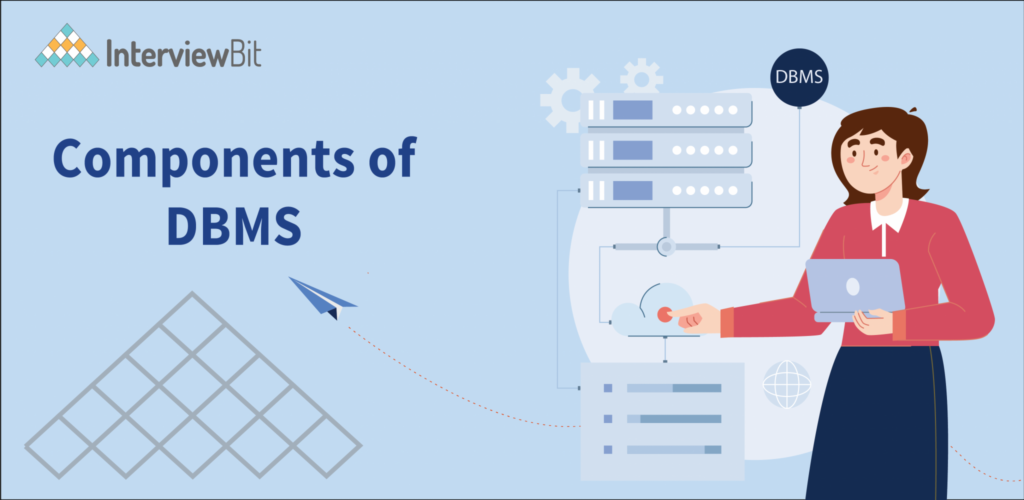
Below, we will explain the main components in a DBMS:
1. Storage Engine
Storage engine is the component responsible for storing data in the database. This includes physical storage management, storage structures, and how data is stored and accessed.Storage engine ensures data is stored safely and efficiently.
2. Query Language
Query language is a component that allows users and applications to access and manipulate data in a database. SQL (Structured Query Language) is a query language commonly used in relational DBMS.
3. Query Processor
Query processor is a component whose job is to execute queries sent by users or applications. This process involves query analysis, execution planning, and physical execution.
4. Optimization Engine
Optimization engine is a component tasked with optimizing query execution. This includes selecting appropriate indexes, query joining strategies, and using efficient search algorithms.
5. Metadata Catalog
Metadata catalog is a database that stores metadata about the database being managed. It includes information about tables, columns, indexes, access permissions, and relationships between tables.
6. Log Manager
Log manager is a component that records all activities that occur in the database. This includes data changes, query operations, and user access.Manager logs essential for disaster recovery, security monitoring, and auditing.
7. Reporting and Monitoring Tool
Reporting and monitoring tool is software used to monitor database performance and create reports. This tool allows administrators to track workloads, analyze performance, and detect problems.
8. Data Utilities
Data utilities are the tools used to import, export, and update data in a database. It includes tools for moving data from one DBMS to another, changing data formats, and managing large amounts of data.
What is TLS? Definition, How It Works and Its Advantages
Advantages of Using a DBMS
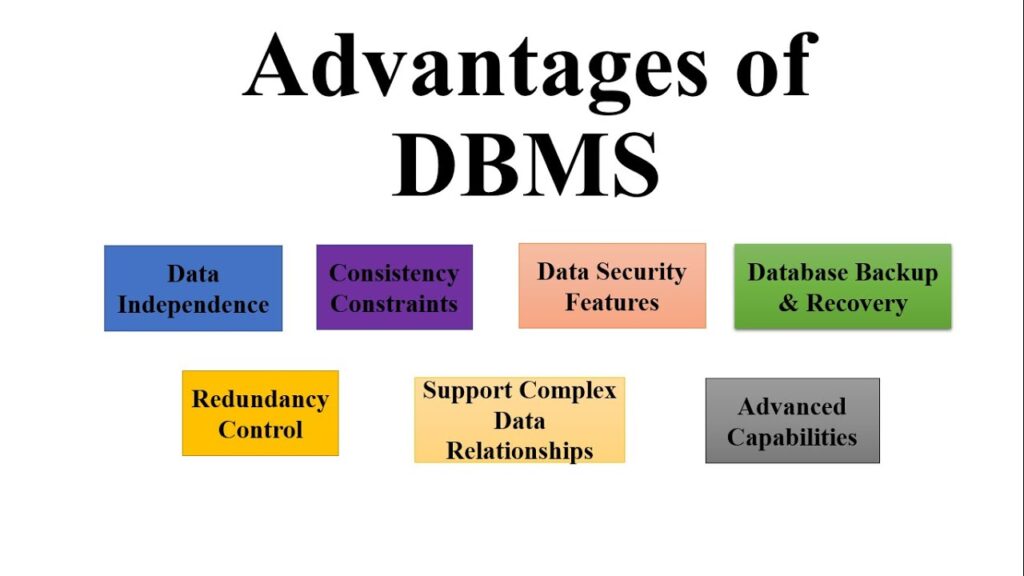
UsageDBMS provides a number of benefits to organizations. Some of them are:
- Improve data security: DBMS provides strong security features, including user authentication, encryption, an audit trail, to protect data from security threats.
- Facilitates data management: DBMS allows users to manage data structures easily and provides an intuitive interface for data administration.
- Improve system performance: Query optimization and efficient storage management, DBMS helps improve overall system performance.
- Improve data quality: DBMS allows users to manage data integrity and avoid data duplication, which helps improve data quality.
In a business world that is increasingly dependent on data, understanding DBMS is becoming increasingly important. Knowing the functions, types and important components of a DBMS helps organizations manage data more efficiently and securely.

